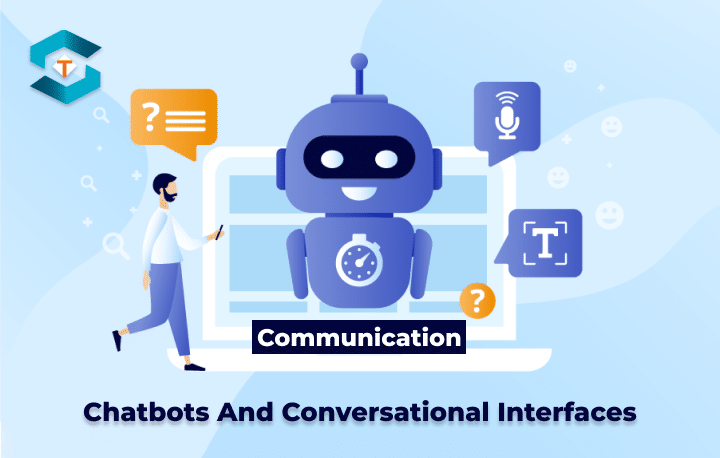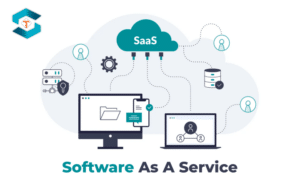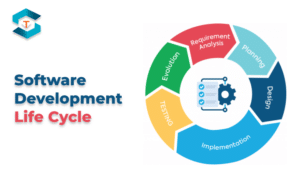Chatbots and conversational interfaces are artificial intelligence (AI)-powered systems designed to simulate human conversation or interaction. They are used across various platforms, including websites, messaging apps, social media, and customer service portals, to engage users in natural language conversations.
These interfaces rely on Natural Language Processing (NLP) and machine learning algorithms to understand user queries, interpret the context, and generate appropriate responses. They can handle a wide range of tasks, from answering FAQs and providing information to executing specific actions, making reservations, or assisting with troubleshooting.
Key components of chatbots and conversational interfaces include:
NLP (Natural Language Processing):
This technology allows machines to understand, interpret, and generate human language. It involves tasks like sentiment analysis, entity recognition, language translation, and intent recognition.
Machine Learning:
Chatbots learn from data and user interactions, improving their accuracy and performance over time. They use machine learning algorithms to adapt to new information and user behavior.
User Input Processing:
Conversational interfaces analyze user input to determine intent, context, and required actions. This involves breaking down the user’s query, identifying keywords, and understanding the user’s intent to provide relevant responses.
Response Generation:
Once the user’s intent is understood, the chatbot generates an appropriate response. This can range from providing information, suggesting options, executing commands, or initiating actions.
Integration with Backend Systems:
Chatbots often integrate with various backend systems, databases, or APIs to fetch relevant information or perform specific tasks like retrieving account information, processing payments, or accessing inventory data.
Dialog Management:
It involves maintaining context throughout a conversation, remembering previous interactions, and ensuring coherence in the conversation flow.
Types of chatbots and conversational interfaces include:
Rule-Based Chatbots: Follow predefined rules and decision trees. They provide responses based on specific keywords or patterns.
AI-Powered Chatbots: Utilize machine learning and NLP to understand and respond to user queries, adapting and learning from interactions.
Voice Assistants: Such as Siri, Alexa, and Google Assistant, offer spoken interaction capabilities, enabling users to interact through speech.
Messaging Chatbots: Deployed within messaging apps (e.g., Facebook Messenger, WhatsApp) to facilitate conversations, provide information, or assist with tasks.
Chatbots and conversational interfaces continue to evolve, becoming more sophisticated and capable of handling complex tasks. Businesses adopt them to improve customer service, streamline processes, enhance user experience, and increase operational efficiency.













